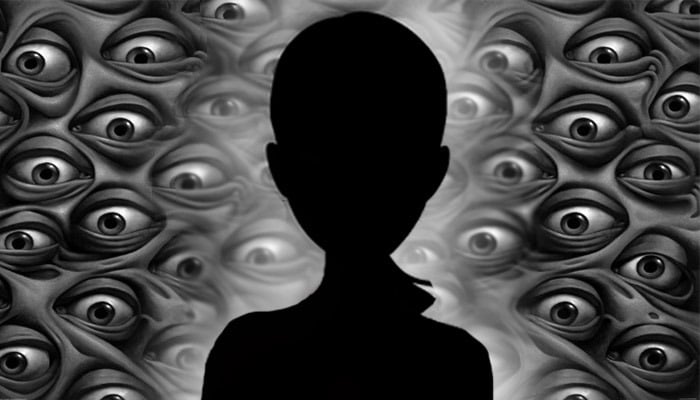Blog: Can staring constitute as harassment?
It is uncomfortable. It is unnerving, for any woman of any age, from any background. And it has a name, visual harassment
May 19, 2018

If you are a woman living in Pakistan, then this must have happened to you. You step out of the car to adjust your dupatta (headscarf), or the back creases of your shirt, when you feel a gaze on you, of a man, or a few men. He examines you from head to toe, as if he is checking a tomato at a supermarket to determine if it is plum or rotten. His eyes stay fixated till you disappear from sight. It is uncomfortable. It is unnerving, for any woman of any age, from any background. And it has a name, visual harassment.
Heard of it? Visual harassment is when you create a hostile environment for an individual, male or female. A broader definition, used by most organizations, is: a) posting explicit posters, pictures, cartoons, drawings b) making explicit or vulgar gestures c) unwelcome personal letters, notes, e-mails, d) viewing obscene data at work.
Being stared at creepily makes women, and men, conscious and feel singled out. Such acts re-imposes the power dynamic –the public space belongs to men.
There is a huge difference between a quick, fleeting glance and a prolonged leer. Women don’t like it, but they seldom speak out about it. But silence, as we found out with the #Metoo movement, is no longer an option. Meesha Shafi, a famous Pakistani singer, showed us how we need to speak up loudly for everyone to hear.
And you really don’t need to be wearing a certain kind of outfit to attract unwanted male attention. The length of our skirt or dupatta doesn’t matter. Let me give you an example, on August 14, 2015, a day before the Independence Day, a video circulated on social media from Pakistan of a husband and wife on a motorcycle. The wife was clad in a burqa, yet a young man came and sat behind her and then grabbed her while she screamed in protest.
The American Psychological Association (APA), the largest scientific and professional organization of psychologists in the United States, recently published a research article named “No Safe Heaven: Male Violence Against Women at Home, at Work, and in the Community,” on harassment and its reasoning. Harassment, they concluded, does not only occur in pre-decided locations. Women can be targeted at home, work, at school or in a public park.
It is this unsolicited male gaze and attention that prevents many women in our country from pursuing their dream jobs. They feel unsafe in the public arena. And then their families also tell them that they will not be able to cope.
In 2001, a court in California ruled in the Birschtein v. New United Motor Mfg., Inc case that a campaign of staring may constitute as actionable sexual harassment. Over in India, Section 294 of the Indian Penal Code makes it punishable if anyone to the annoyance of others: a) does an obscene act in any public place or b) sings, recites or utters any obscene songs, words in or near any public place.
Dear men, the colour of our lipstick or length of our shirt is not an open invitation, so stop staring.









